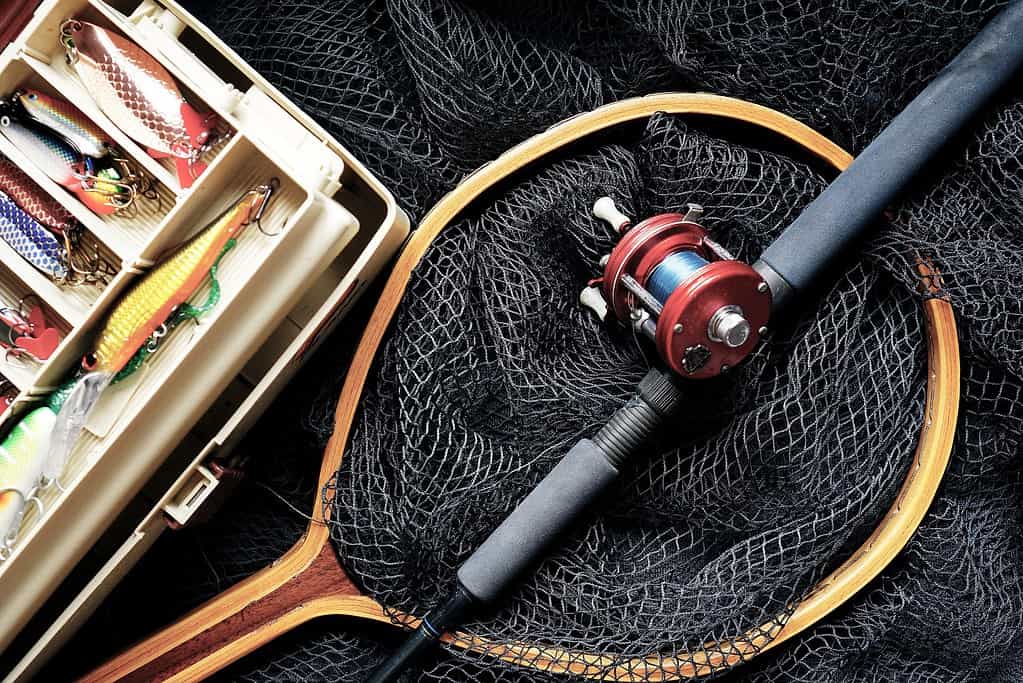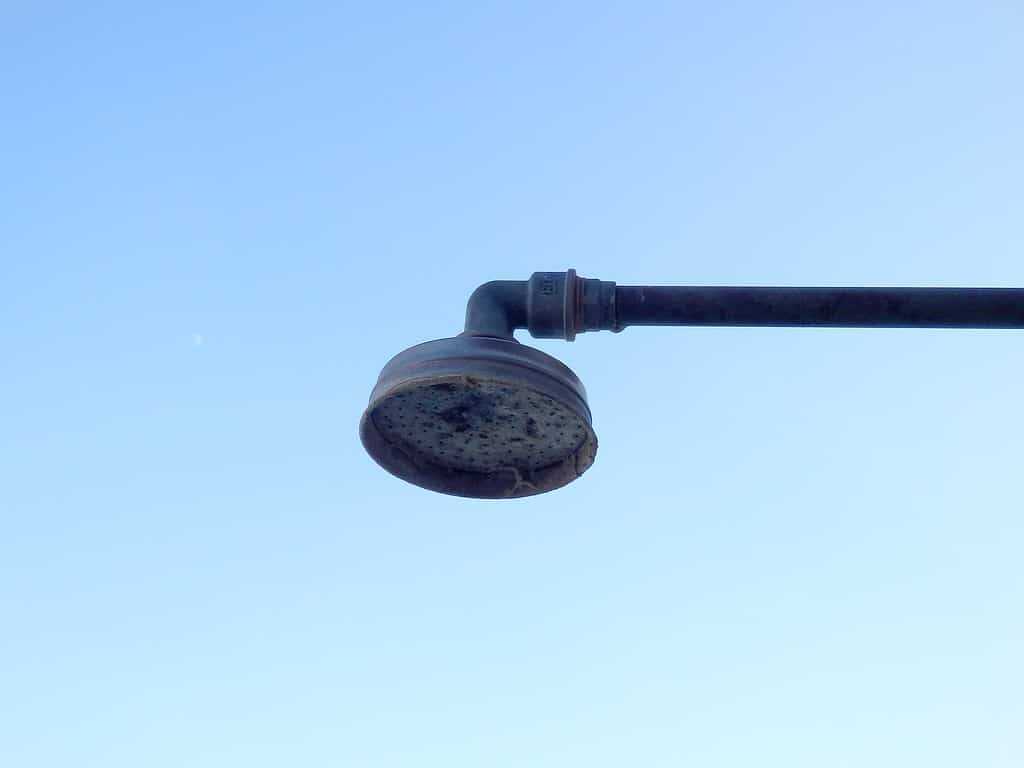Buying your first fishing can be an overwhelming experience. From materials and length to individual parts of a fishing rod, you need to consider a wealth of features. And it’s important to cover all the factors since the right fishing rod is the foundation for your entire angling setup.
Beginners Guide to Shopping For a Fishing Rod
When deciding to buy a fishing rod, you might have plenty of questions. So, when shopping for a fishing rod, here are some factors to consider that can make the process much easier.
The Right Fishing Rod Length
The length is something you will notice at first glance. A fishing rod can range from 4 to 14 feet; they are called stout close-quarter rods and long casting poles. Matching the length with how far you plan to cast when you go fishing is important.
For instance, longer rods usually give you more range, so you can cast your line much farther compared to a stout rod. However, if you have acquired a long pole, then you won’t be able to maneuver very effectively. In contrast, a shorter rod offers more control but limited access.
Most of the time, you’re fishing in a pond or a river, so you don’t need very long casting poles. This is where a shorter rod can be especially useful. Shorter poles offer better control, which is especially great for people just getting used to fishing. Also, shorter rods have more strength, so if you’re looking to catch a meaty fish, you should stick to that one.
However, as a beginner a 7-foot pole is a great all-rounder.
Different Rod Materials
A fishing pole primarily consists of two materials, fiberglass and graphite. Then there is a composite that’s a mixture of both. The different types of materials significantly affect your performance, so you should be careful about which one you buy.
Fiberglass
The fiberglass rods are possibly the oldest ones in the market; they have continuously been around for a while, and the main two reasons for that include:
- They are durable and strong.
- They are easier to make, which makes them affordable as well.
Their endurance and relatively cheap cost make them an excellent choice for beginners.
However, fiberglass gives limited feedback because of its pliable nature, making the lighter bites almost undetectable. They’re also on the heavier side. So if you’re fishing for a long time, you will tire easily.
Graphite
Since the 1970s, these fishing poles have been the lighter option compared to fiberglass. They are pretty popular rods, and rightfully so.
If you look closely at a graphite rod, you might notice that they have IM6, IM7, and IM8 markers on it. These are different identifiers for types of stiffness. This scale is known as modulus; the higher the modulus, the stiffer the material. Essentially this means that with stiffer graphite, the manufacturer may use less material to get the same level of stiffness, making the rod lighter.
There’s a misconception that an IM8 graphite rod is stiffer than an IM6 rod. But the truth is that both rods are equally stiff. In fact, an IM8 is comparatively lighter.
What makes graphite rods so special is their sensitivity to bites. This, added with its light weight makes casting, handling, and overall fishing experience much easier.
However, because of their stiff nature, they are more brittle, too. So despite being more expensive than fiberglass, they’re more likely to break.
Composite
If performance is a major priority for you, then most likely, neither fiberglass nor graphite fishing poles will make for a very good choice. Since a composite is a mixture of the two, it has a balance of both good qualities. Its more maneuverable and flexible without compromising its sensitivity.
If you’re fishing in different bodies of water, you should get a composite fishing rod. These versatile fishing rods are equipped to handle all types of water. And because of all these qualities, they are also the most expensive rods you can find. However, they are sure to be worth the that initial investment.
Different Actions
The action is one of the essential elements of performance for a fishing rod. Action dictates how much and where your rod will bend, depending on its material and the shape of the rod. Action greatly influences how you handle your rod and what kind of fish you catch.
The action also has control over the speed at which the rod goes. That’s where these fast, slow, and medium actions come from.
Fast Action
Fast action, also known as heavy action, the fishing rod bends right below the tip, at the uppermost part. They sense the lightest nibbles and send vibrations to your hand. They can also snap back faster than most. They work well with everything, so all you need is a hook, some bait, and big jigs.
They are fast-moving, and their sturdy backbones make them great for pulling fish out. Their sturdy backbone allows them to chase down larger fishes in the water too. Varying from water to water, they can land you anything from Largemouth to Tuna or even Billfish.
Medium Action
These rods bend at the top half of the fishing rod. They give nice hook-setting facilities, and they also allow you to cast at a fairly decent length. Since they progress a bit slower compared to heavy-action rods, they work well with different hook setups too. They also provide a fish with more time to bite.
They are versatile, and you can use a number of different hooks to catch big or small fish in your waters.
Slow Action
If you like fishing for fishes like trout, you will especially love these. These bend all the way to the end, which makes fishing a more fun experience. They also have the most impressive cast. But matching your lure size to the pole is important. Unlike a fast-action rod, this one needs to lodge itself deep inside a fish’s mouth. Hooks like treble, rattle baits, and spinners are a good option since they require a minimum pressure to penetrate the gill or other parts of a fish’s body.
The con to this slow action rod is that it isn’t easy to set its hook. But, once it’s in, it’s also a lot easier to manage.
Wrapping Up
Learning about how to shop for a fishing rod is a relatively easy process. If you already have a gist about how fishing works and about the parts of a fishing rod, buying a pole shouldn’t be a complicated task. Once you consider everything in this guide, you can shop for your preferred rod without breaking a sweat.





